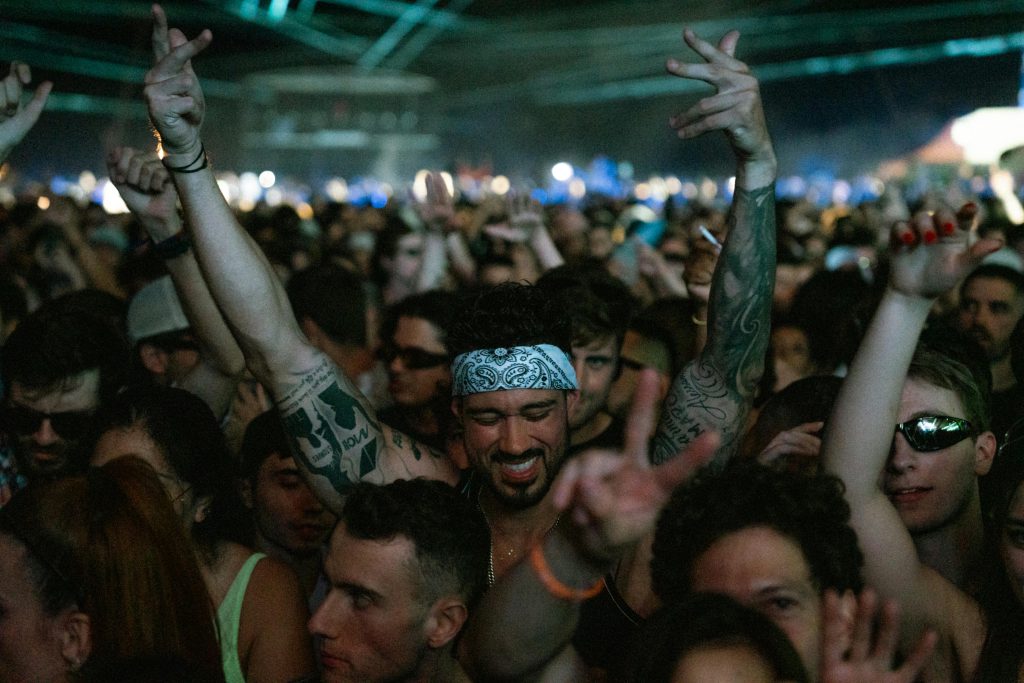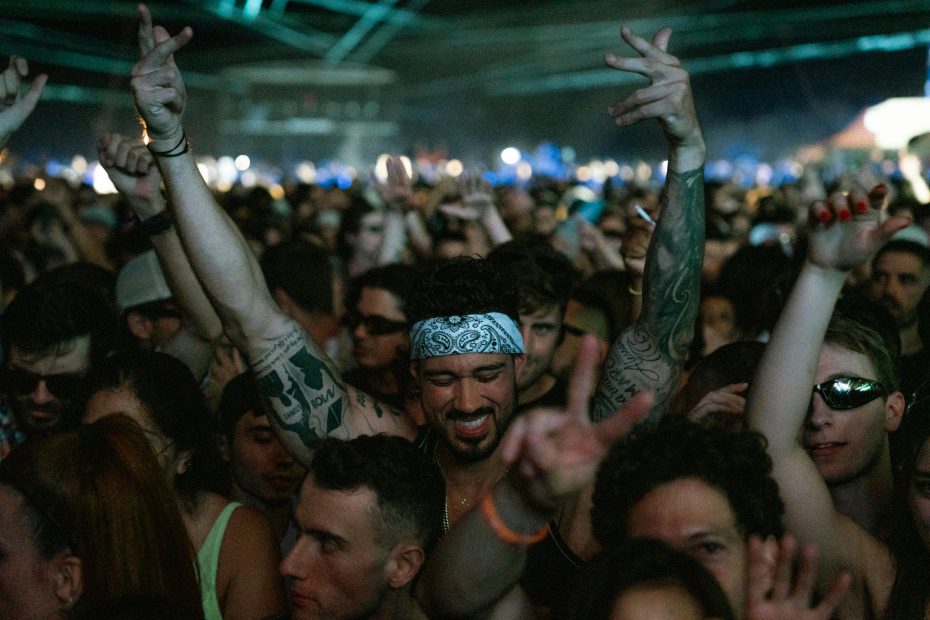Is Music Through the PA System in Stadiums Getting a Bit Excessive?
Modern stadiums are equipped with high-powered PA systems designed to create an immersive atmosphere for sports events, concerts, and other large gatherings. However, in recent years, many fans and attendees have raised concerns about whether the volume and frequency of music played through the PA system are becoming overwhelming. While a well-balanced PA system enhances the experience, excessive loudness can lead to discomfort, miscommunication, and even hearing damage.
In this article, we’ll explore whether stadium PA systems are overused, the impact of excessive sound levels, and how venues can strike the right balance between excitement and auditory comfort.

The Role of a PA System in Stadiums
A stadium PA system serves multiple purposes, from announcing important information to energizing the crowd with music. The primary functions of a PA system in large venues include:
1. Broadcasting Announcements and Safety Information
- Emergency alerts and evacuation instructions
- Player introductions and game updates
- Public service messages
2. Enhancing the Game-Day Atmosphere
- Playing team anthems and fan chants
- Sound effects to hype up the audience
- Background music during breaks and halftime
3. Delivering Concert-Quality Audio for Live Performances
- Hosting musical acts before and after games
- Playing national anthems with pristine sound quality
- Providing high-fidelity sound for special events
While these functions are essential, issues arise when stadiums overuse their PA system to a point where it disrupts the fan experience rather than enhancing it.
Are PA Systems in Stadiums Too Loud?
One of the most common complaints about stadium PA systems is their volume. While a powerful PA system ensures that everyone in the venue can hear the announcements and music, excessive loudness can lead to several problems.
The Issue of High Decibel Levels
- Many stadium PA systems operate at sound levels exceeding 100-110 decibels (dB), which is comparable to a rock concert.
- Prolonged exposure to sound above 85 dB can cause hearing damage, according to audiologists.
- Fans sitting near speaker clusters often bear the brunt of the excessive noise.
Complaints from Fans and Attendees
- Difficulty hearing conversations with fellow spectators
- Overpowering music that drowns out organic crowd noise
- Hearing fatigue or discomfort after long exposure
Many fans argue that a stadium should allow for the natural ambiance of the crowd rather than overwhelming them with non-stop music and artificial sound effects.
How the PA System Affects the Fan Experience
1. Drowning Out Crowd Chants and Atmosphere
One of the best aspects of attending a live sporting event is the energy created by the fans. However, when a stadium’s PA system constantly blasts music, it can diminish organic chants and spontaneous crowd reactions.
Examples of Crowd-Driven Atmosphere Being Overpowered:
- Traditional team songs or chants being drowned out by loud music
- Fans struggling to coordinate cheers due to excessive noise levels
- The loss of the natural “roar of the crowd” during intense moments
2. Impact on Communication and Enjoyment
A stadium PA system should enhance the experience, not hinder communication between fans. Excessively loud volumes make it difficult for people to:
- Talk to friends and family sitting next to them
- Hear referees’ calls and in-game announcements
- Understand post-game interviews or commentary
3. Potential for Hearing Damage
Long-term exposure to stadium PA system noise can contribute to hearing problems. Fans, especially young children and older adults, may be at risk of:
- Temporary hearing loss after prolonged exposure
- Permanent damage with repeated visits to noisy stadiums
- Increased tinnitus (ringing in the ears)
These concerns have led some stadiums to reconsider how they use their PA system, implementing volume controls and strategic sound design to improve the experience.
Finding the Right Balance in Stadium PA Systems
1. Volume Control and Dynamic Sound Adjustments
Instead of maintaining a constant high volume, stadiums can implement dynamic sound adjustments, where the PA system adapts to the event’s energy levels.
Recommended Adjustments:
- Lowering music volume during natural crowd engagement moments
- Increasing clarity rather than sheer loudness for announcements
- Using directional speakers to minimize unnecessary sound spillage
2. Smart Placement of Speakers in Stadium PA Systems
Proper PA system speaker placement can ensure that sound is evenly distributed without excessive loud spots.
Best Practices:
- Utilizing line array speakers for more controlled sound dispersion
- Ensuring even sound coverage across all sections of the stadium
- Reducing echo and reverb through strategic acoustic design
3. Implementing Noise Regulations
Some stadiums have started adopting decibel level restrictions to ensure the PA system does not exceed safe listening levels.
Regulatory Approaches:
- Setting a maximum allowable decibel level (e.g., 95-100 dB)
- Providing fans with noise-reducing earplugs upon request
- Monitoring crowd feedback to fine-tune volume levels
By following these strategies, stadiums can maintain an exciting atmosphere without overwhelming fans with excessive PA system noise.
Are There Stadiums Leading the Way in Balanced PA System Use?
Several stadiums and arenas have implemented best practices in PA system management to enhance the fan experience.
1. Wembley Stadium (London, UK)
- Uses a zoned speaker system to prevent excessive sound overlap
- Reduces music volume when crowd chants are strong
2. Mercedes-Benz Stadium (Atlanta, USA)
- Adjusts PA system levels based on crowd engagement
- Incorporates 360-degree speaker arrays for even sound distribution
3. Allianz Arena (Munich, Germany)
- Designed its PA system to complement the natural acoustics of the stadium
- Reduces artificial crowd noise in favor of real fan-generated atmosphere
These stadiums demonstrate that it’s possible to have a powerful PA system without negatively impacting the fan experience.
Is the Stadium PA System Getting Too Excessive?
The use of PA systems in stadiums plays a crucial role in enhancing the event experience, but excessive loudness can become a major issue for fans. While a well-calibrated PA system can amplify excitement, overuse of music and artificial sound effects can diminish the natural energy of the crowd and even pose hearing risks.
To create the best possible experience, stadiums should strive to:
- Maintain a balanced PA system volume that energizes without overpowering
- Allow room for organic fan engagement rather than constantly playing music
- Invest in advanced audio technology for clear and even sound distribution
By refining PA system usage, stadiums can strike the perfect balance—delivering high-energy entertainment without detracting from the essence of live sports and music events.
